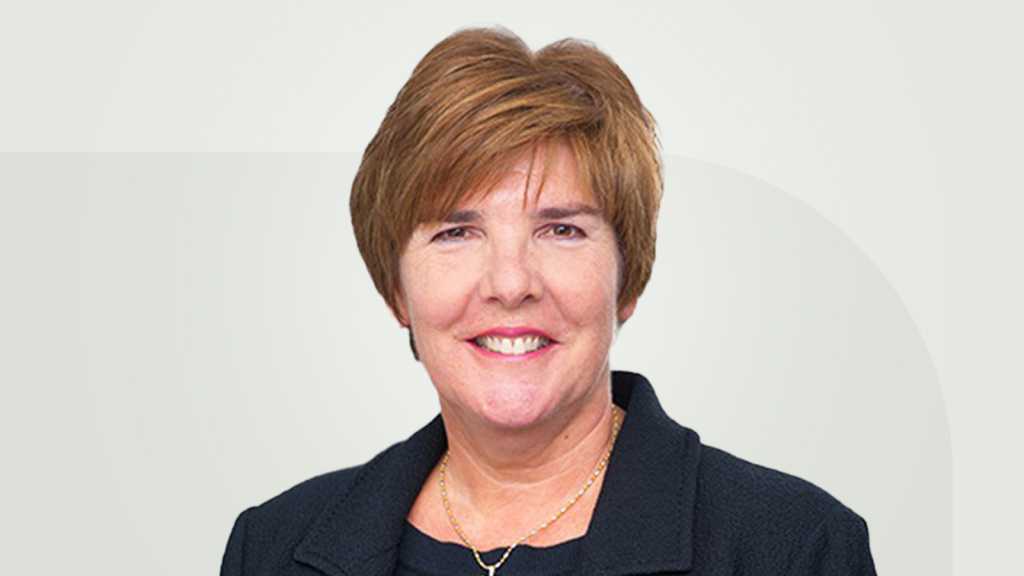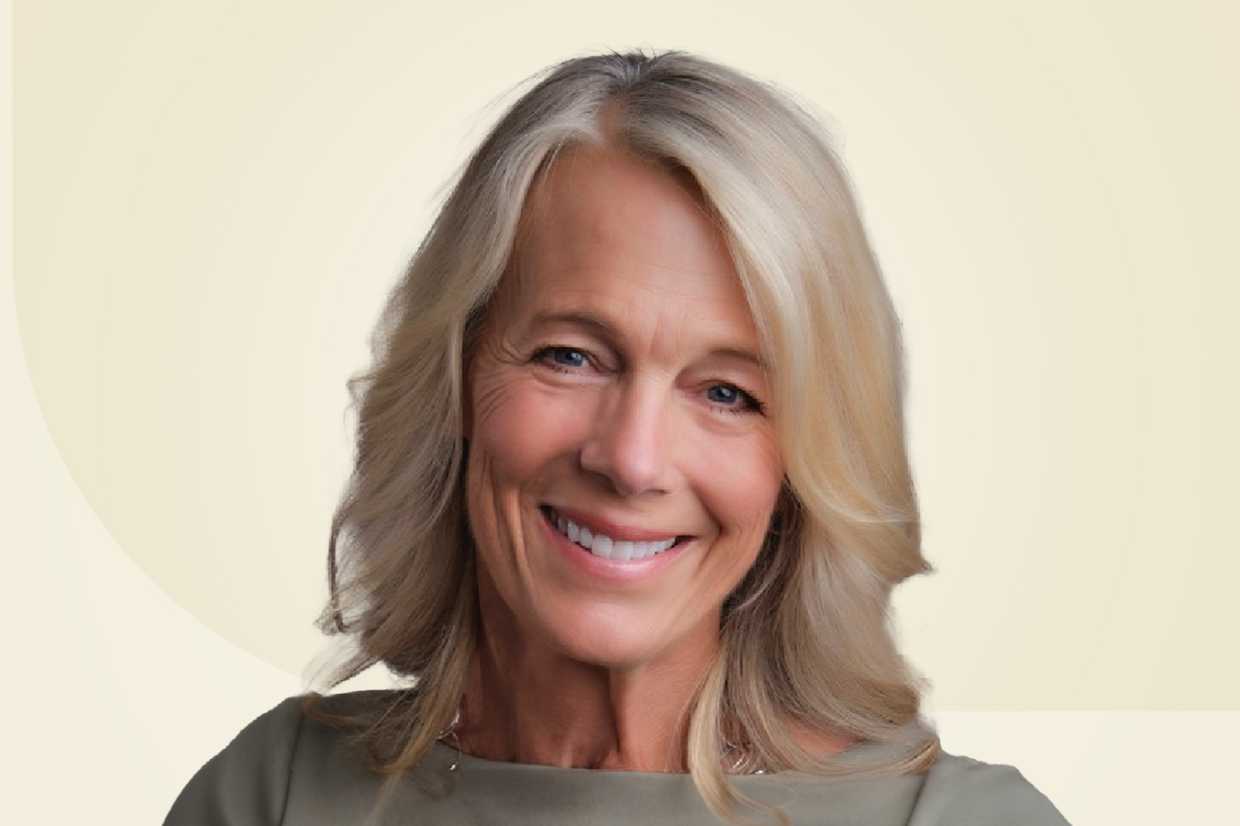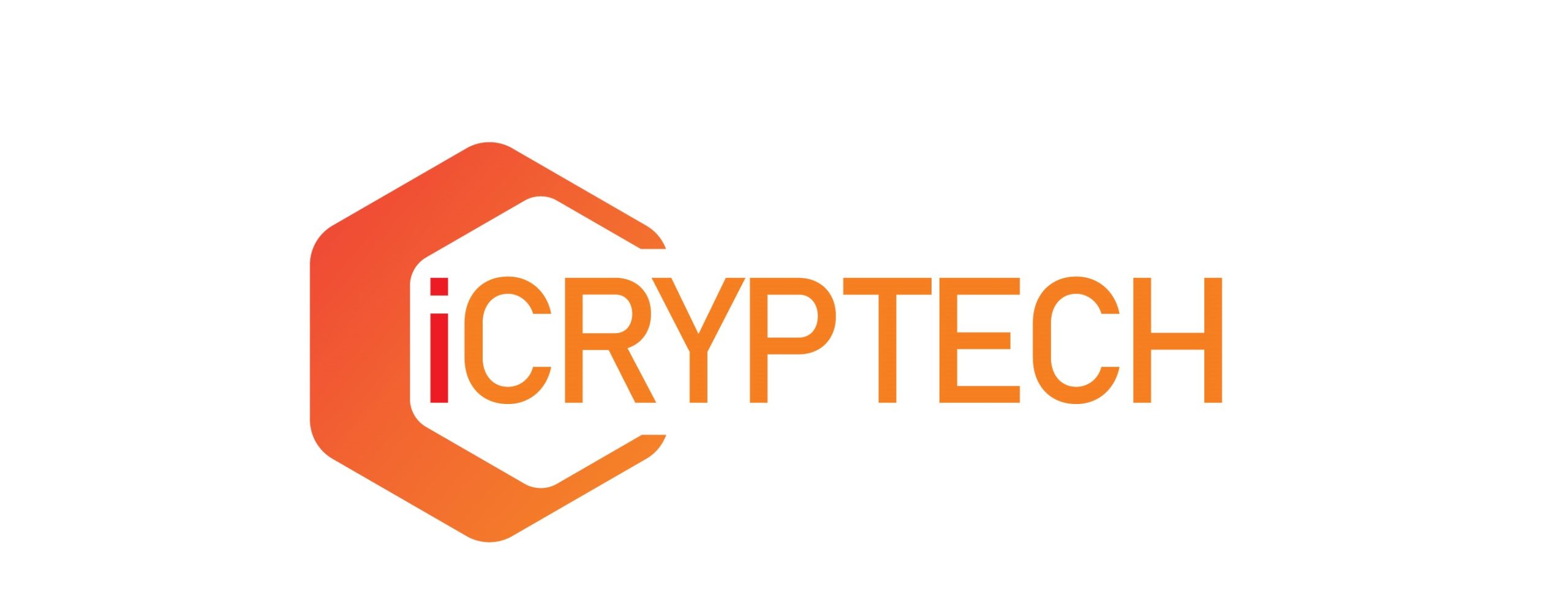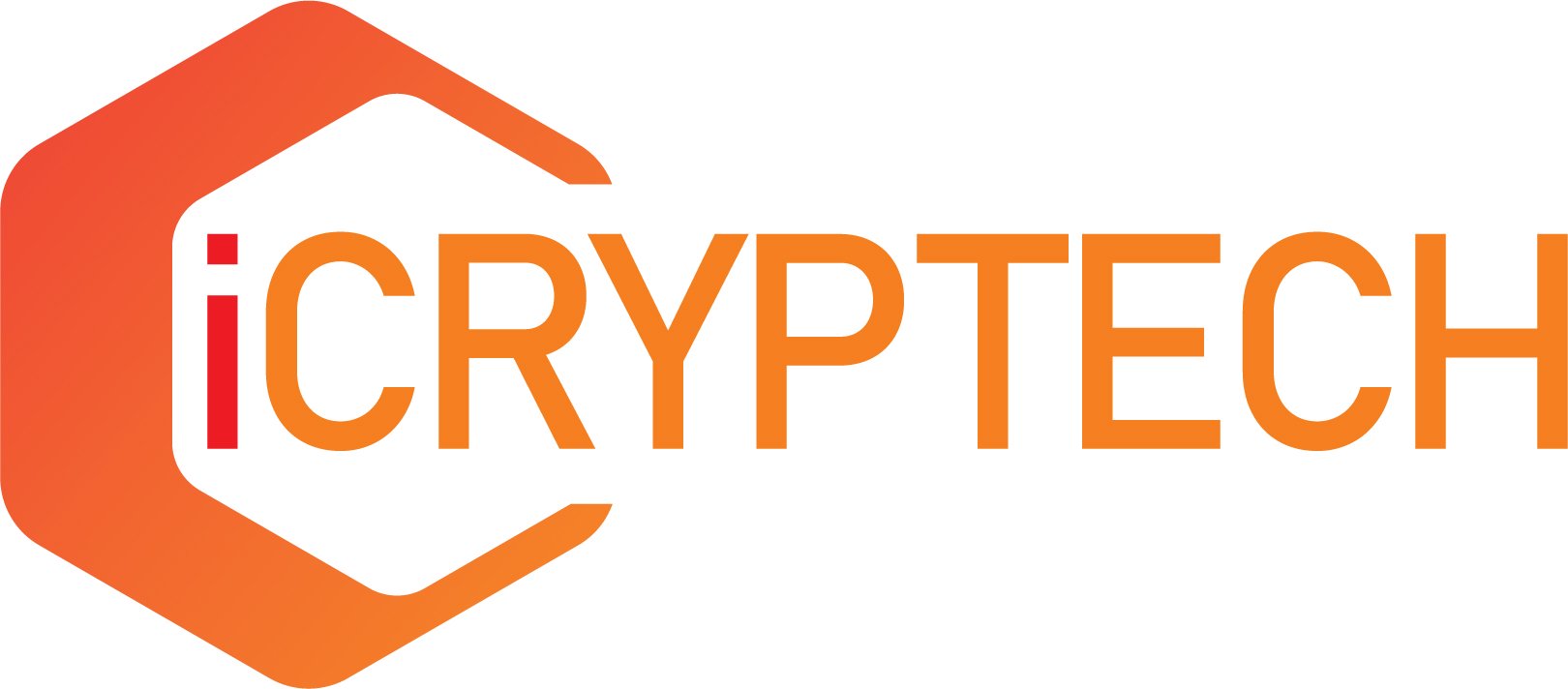It seems every week I’m on the phone with a CIO or other technology executive who’s either contemplating, on the verge of, or has recently gone through the process of retiring. Most struggle with it. They’ve been so heads-down doing the work that they’ve failed to properly and intentionally prepare themselves for this next chapter.
On a recent episode of the Tech Whisperers podcast, I sat down with two former technology executives who’ve transitioned to “Chapter 2” in their career journeys with the same success and dexterity they demonstrated in their operational roles. Diana McKenzie was CIO at Amgen, Workday’s first CIO, and held numerous roles at Eli Lilly. Karenann Terrell served as an executive at big brands like Baxter, Walmart, and GSK. Today, they’re both involved with a range of executive advisory and board roles, from public and private board memberships and private equity work, to investing, continuous learning, philanthropy, and more.
During the podcast, they shared advice on preparing and navigating the process to fulfill a new chapter in professional and personal life. Afterward, we talked about their lessons learned once the dust settled. What follows is that conversation, edited for length and clarity.
Dan Roberts: I find that those who thrive in the next chapter of their career journeys gain new perspectives through these experiences. In that spirit, if you knew then what you know now, what would you have done differently when you were in the CxO chair?
Diana McKenzie: I’ve learned much in this next chapter. If I had to call out one thing, I would’ve struck a better balance of ‘inside-out’ focus on delivering outcomes that mattered to our CEO and the company with an increased ‘outside-in’ appreciation for the way in which the company’s external stakeholders valued those outcomes.
Through the lens of serving on boards and advising startups, I’ve developed a more informed appreciation of, and greater empathy for, the challenges CEOs must navigate with a broad base of external stakeholders, including shareholders and analysts. For instance, I wish I listened as intently to understand the ‘why’ behind the analysts’ questions as I did our earnings presentation. I would’ve prioritized time to read the post-earnings analyst reports to round out my perspective of how our performance was being valued. I likely would’ve made different choices about how I supported the CEO and guided my team.
Digital leaders who effectively balance these two perspectives have the potential to play a far more valuable role in delivering the right business outcomes, supporting their CEOs and executive teams, and driving long-term value for shareholders.
Karenann Terrell: I was running very large responsibilities in very large companies, mostly multinationals, and I didn’t really recognize or understand how much my productivity and optimization was important to the results that were going to come from my job. So I wasn’t careful about surrounding myself with a support system that lifted and optimized me in a way that could lift and optimize the other parts of the organization I ran. I just moved along saying I’m going to optimize myself. Well, when you get to a chief level, it’s very important you set things up so you’re the best for all the people who work for you, and that you’re the best in leading the function. I can see that more clearly now, looking back and through companies as advisors or on the board, than I could ever see while I was on the operating side of the business. So I would do that differently. I’d set up my world in order to make sure that everything I’m being asked to do is at an optimal level.

Karenann Terrell
Karenann Terrell
What’s also been eye-opening for somebody who values how the ecosystem works is seeing how driving speed and transformation in technology and innovation comes from companies that are highly motivated through investors — whether they’re giant investors, angel investors, or bootstrap investments. I was blind as to how to get that ecosystem player to work with others because I didn’t understand the daily pressures, where I could look at their forums and say, ‘Oh, they seem to have four people from the same investor. That’s interesting.’ In the pressures to get what I needed from those companies while I was an operator, I had no idea what that actually meant. I think if I had better known how the investor world worked, with venture capital and privately invested companies with whom we worked, I would’ve behaved differently.
Karenann, you’ve pointed out that when the C-level leader ultimately makes the decision to hang up their operational boots, it isn’t always an easy one, and the process itself can feel challenging. Can you talk about why that is?
Terrell: I think one of the fears that CIOs have with their decision to go into retirement is that they’re not going to be fully there. Once you say this is my last job, you start to lift the control of when that happens and who decides who’s going into the seat. By the very nature of that, you start to lose your power.
People feel they’ve become lame ducks, or not a part of the process, or the timing doesn’t fit theirs. So they want to keep those decisions as quiet and hidden as possible, when we have no experience in doing that, because you’ve either been at the same company your entire life — rare among CIOs — or you’ve moved from place to place. Nobody really teaches you what to do when you retire.
When it comes to the next phase, what if someone hasn’t built the big brand of a Diana McKenzie or a Karenann Terrell? What’s the right pathway for them?
McKenzie: There are likely many paths tech leaders can take if they haven’t benefitted from building a branded portfolio as an operator. One path I often promote is for these leaders to consider private equity and VC advisory as a steppingstone.
If a top tech leader is considering their pivot to a portfolio chapter with public board roles, and is unsure how to make that happen, they could begin by reaching out to the PE/VC community with whom they’ve developed relationships throughout their years as an operator. These firms offer various opportunities to engage, ranging from advising portfolio companies to advising the PE/VC group at the portfolio level, or serving in the capacity of an operating partner. Advisory roles can lead to a board role with the portfolio company and an opportunity to aid the leadership team with the process of preparing for an IPO. This in turn offers the ability to stay with that company post-IPO, serving in the capacity of a public board director.

Diana McKenzie
Diana McKenzie
Choosing this path requires developing robust relationships with the VC/PE community while in your operating role, ideally three to five years before your planned pivot. This not only contributes to making you a higher performing tech CxO, but it also paves the path toward extending your personal network with other C-level leaders in tech, which becomes a valuable asset when transitioning to your next chapter.
Terrell: Most of the people asking this are either on a private or public board, and the first place you start to understand what board-level opportunities might be out there is with your own board members. There are very easy entry points. You can say, ‘I noticed you’re an advisor to KKR or I noticed you’re on this board. Could I get 20 minutes of your time one day to talk to you about it?’
There’s nothing a board member likes more than somebody from the management team saying, ‘I noticed you’re on that Indian unicorn company that’s going public in India. I have some questions about that whole thing.’ When somebody knows what I’m working on, I say, ‘Hey, let me tell you what I know about that. Is there anybody you want to meet?’ I can’t think of board members who don’t act like that.
And that’s a built-in future network for you. Either you’re on a private board with other board members who are invested in trying to help you out and are looking for good talent they can recommend the next time a board seat opens somewhere, or they want to tell you what they want to know. It’s about finding birds-of-a-feather opportunities. That’s how I did it. It’s very hard to figure it out if you’re not actually leveraging your existing relationships. This is one of the huge power opportunities in the women’s IT leadership organization, T200.
So I always say to people, ‘Give your assistant a little project: Go map everyone on your board, or everyone who’s been on your board, and what boards they’re on.’ Since it’s all public information, it’s an easy thing to do, and that’s how you drive your network and your influence.
McKenzie: If I recall recent research correctly, approximately 60 to 70% of all public board positions are filled through personal networks. Boards often look to existing board members to identify a slate of potential candidates before engaging an executive search firm. When I’m approached by fellow board members or acquaintances in my network to recommend prospective board candidates, I turn back to my network to find potential connections I can make. As Karenann referenced earlier, this is just one example of the power of participating in a community like T200.
One of the mystery questions we didn’t get to during the podcast was from Sue-Jean Lin, CIO of Alcon, about recent research showing how a digital-savvy board creates enterprise value. She wonders whether digital is driving the performance, or is a digital-savvy board more open to innovation, and therefore creating more value?
Terrell: Peter Weill is another one doing research on this topic, because beyond digital, it moves to real-time enterprises. Digitally inclined businesses don’t necessarily have digitally inclined boards. One doesn’t equal the other. A digital board asks questions that are directly connected to physical and digital integration. Without a digitally minded board, you find those topics being discussed in silos as opposed to an integrated part of the business. That’s why I believe digital natives are massively valuable on boards that are trying to make omni-related moves. Otherwise, you just get separate solutions. You get an ‘and’ instead of a ‘plus.’
Along those same lines, Deloitte studied corporate 10Ks and found that companies that talked about their digital strategy, tech bets, and change strategy had a 14% higher market cap than those that only talked about their digital strategy and tech bets without discussing how they’re going to lead the change. What’s the board perspective on that?
Terrell: It used to be ‘digital as a differentiator’ in market value. Now, non-digital is going to be a failure mode for companies. Whole companies are going to just fail and fall out, and what’s being discussed in boards is that we’ve got to finish our digital transformation because AI is the frontier around which we’re going to have to drive productivity, product integration, or whatever it is. And so digital transformation has got to come with the topic of change management and adoption.
McKenzie: If you’re interviewing for a board seat and you’re not sensing a discernable ‘tone from the top’ with respect to how technology or digital is being embraced as core to the strategy, you may want reconsider if that board opportunity is for you. To compete successfully in today’s macroeconomic environment, board members, CEOs, and their executive teams need to demonstrate a commitment to making technology an integral element of their strategy, along with a willingness to invest in the operating model, incentive system, and talent changes required to successfully pivot. Prospective board members may even consider making this a filtering factor for all incoming board opportunities when conducting their board search.
Let’s wrap it up with the big question: How do you manage the great balancing act in Chapter 2, because it seems like you could easily get sucked back into 80-hour weeks.
Terrell: I fail some weeks.
McKenzie: Me too!
Terrell: Because who we are that made us successful in our operating careers are people who put our whole self in. Why would we think we’re going to suddenly become, ‘I’ll just dabble a little bit’ people? The thing about portfolio life, though, is you have the ability to push and pull things that have far less permanence and commitment. You have the choice to pick and choose, come in and out. Sometimes the things you’re involved in all get hot at the same time, but you just plan accordingly.
McKenzie: I will admit saying “no” was not my strength when operating. Post-pivot, I’ve gotten better at it, despite what my husband might tell you. I find I sometimes have to say no or “not now” to cool stuff, but it’s because I have enough cool stuff already on my plate.
Terrell: Why is it thought that when you go to a post-operating career, you’re now a sole proprietor? I have an assistant and a research assistant. I don’t have to be out there all by myself trying to figure it out. I’m a multi-million-dollar operation, and no multi-million-dollar operation I know runs with just the founder.
McKenzie: Serving as a technology advisor is a great way to invest in continuing education. Plus, I’ve been fortunate to curate a discrete set of diverse communities offering valuable continuing education perspectives on subjects inclusive of emerging technologies, business strategy, the future of work, and corporate governance — all critical to remaining relevant as a board member and technology advisor.
For more pragmatic and actionable advice on how to prepare for that next chapter, tune in to the Tech Whisperers.
Careers, CIO, IT Leadership, Women in IT


